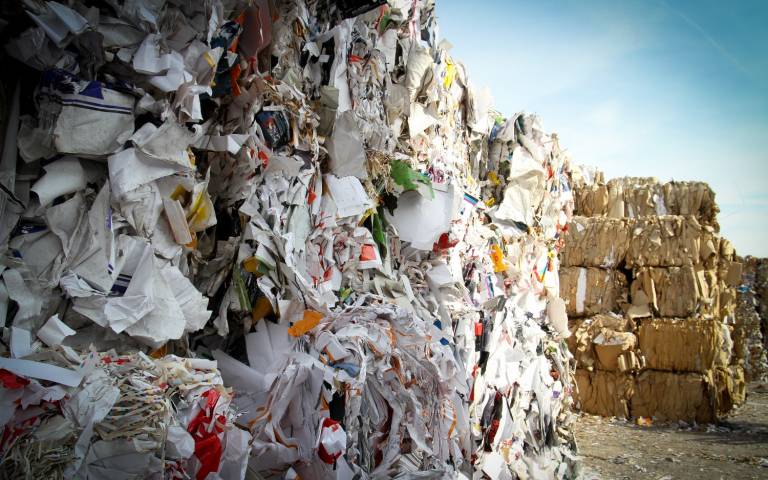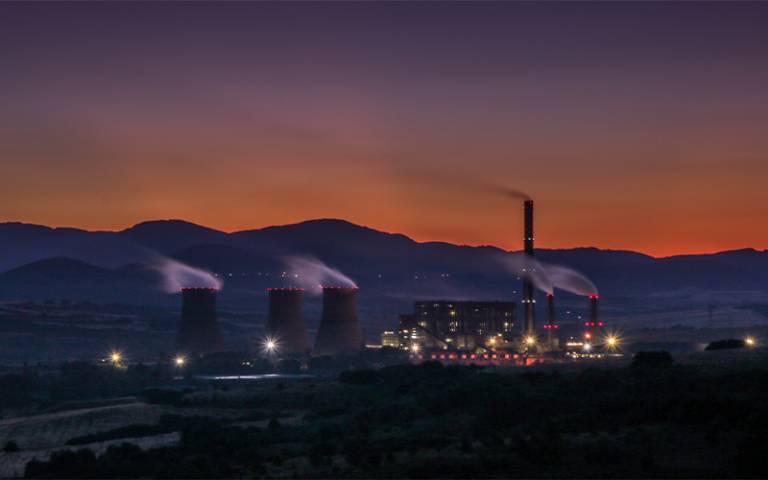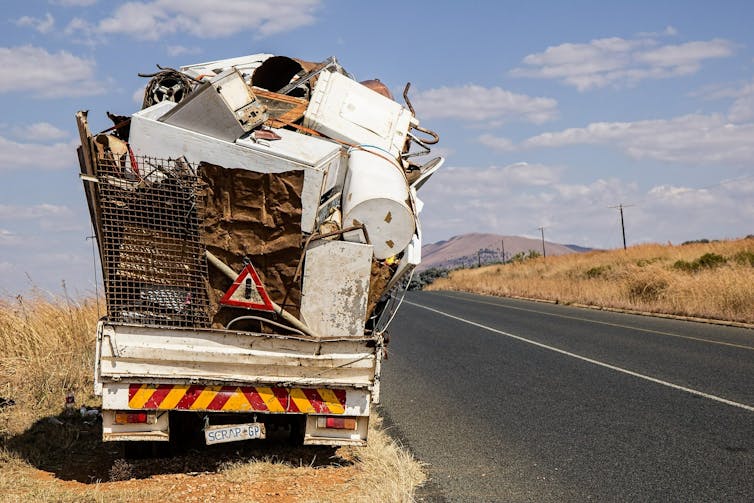An Introduction to Waste Management and Circular Economy

After many years of work, Julia Stegemann and I published a brand new textbook on waste management. It considers waste from a life cycle perspective and a variety of disciplinary angles. It helps students to understand the drivers of waste, the environmental, social, and economic impacts of waste generation, and best practices and technologies for waste management, recycling, energy recovery and disposal. The book is published with open access, which means the PDF can be downloaded for free, or you can buy the hardcopy at a reasonable price. Please find the book here or through any major bookstore.
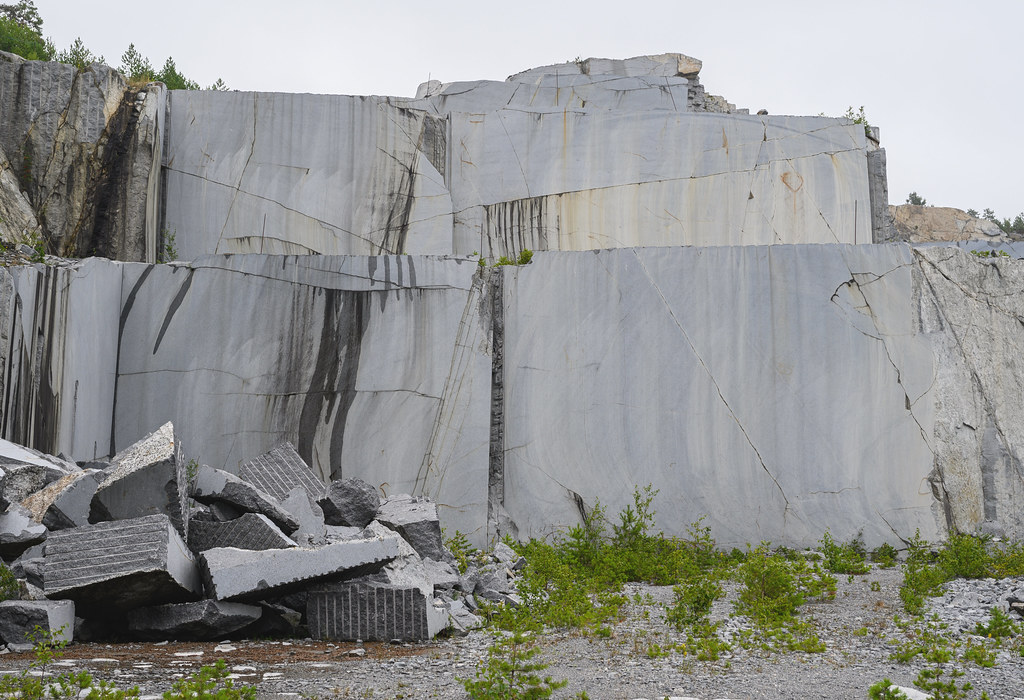

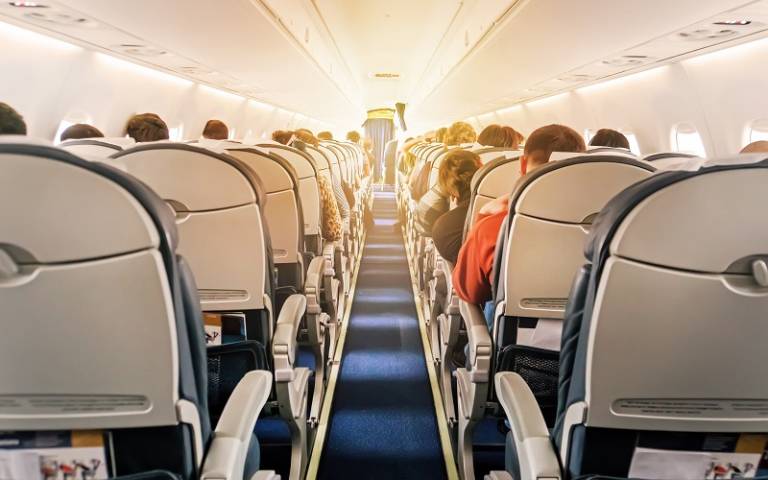

 Photo from:
Photo from: 